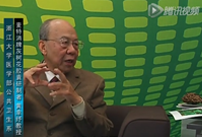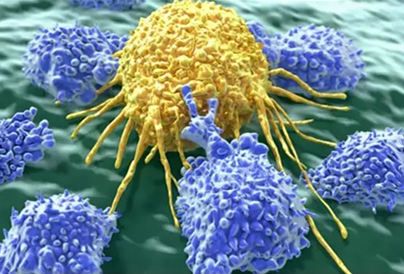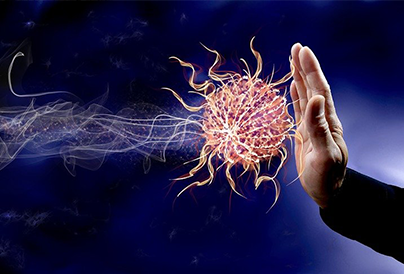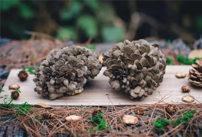From the chest CT, the image of pulmonary ground glass nodules is similar to ground glass, presenting cloud like round, quasi round lesions or irregular shadows. Pulmonary ground glass nodule is an imaging manifestation based on density change. As long as it causes any change in the degree of alveolar inflation, it can form ground glass nodule on CT image. Ground glass nodules are only an objective description of imaging, and do not represent the disease itself or predict the trend of the disease.
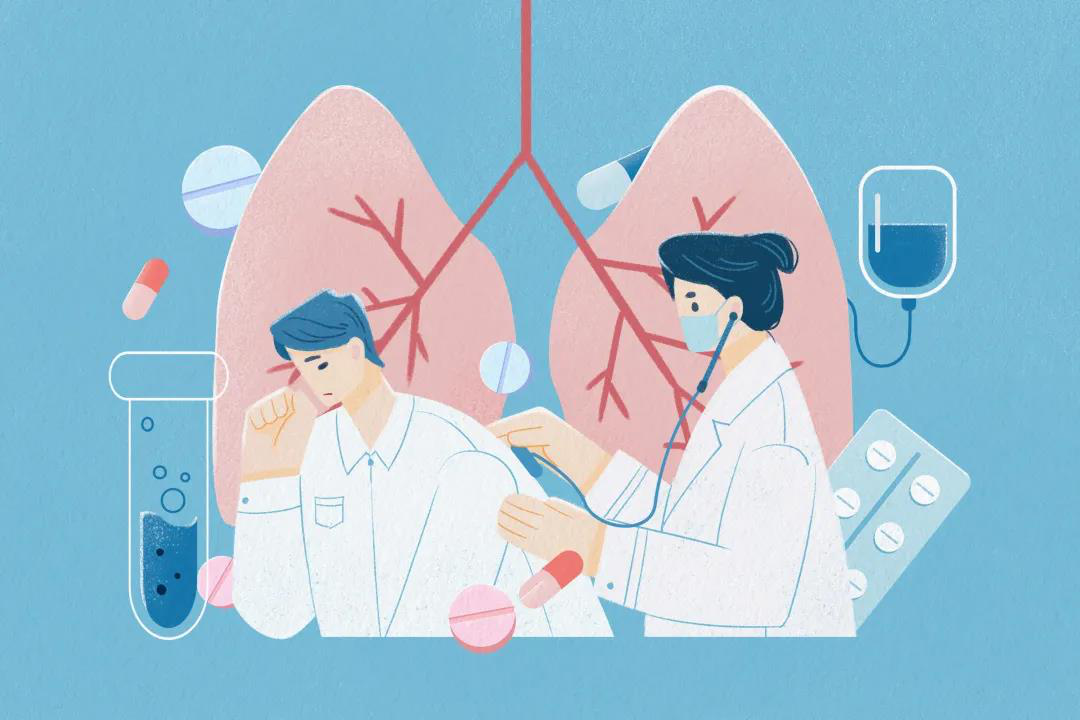
There are benign and malignant pulmonary ground glass nodules
Benign lesions include lung inflammation, fungal infection, carbon deposition and so on. Malignant tumor is lung adenocarcinoma. Lung adenocarcinoma can be divided into micro invasive adenocarcinoma and invasive adenocarcinoma, which generally grow slowly. The pre invasion stage includes atypical adenomatous hyperplasia and carcinoma in situ. The former has been classified as benign stage. In the latest classification of chest tumors by the World Health Organization, carcinoma in situ has been removed from lung cancer and listed as benign lesions.
Benign ground glass pulmonary nodules (mostly infectious) can dissipate, shrink and disappear within a certain time, so benign ground glass pulmonary nodules do not need surgery. For the shadow of pulmonary ground glass nodules found in the first chest CT examination, it is not recommended to rush to thoracotomy, and a window period for observation must be reserved.
Lung ground glass nodules with long-term and persistent existence and increased proportion of solid components will increase the probability of malignant tumors. They are considered to be an inert subtype of lung adenocarcinoma and generally grow slowly.
Is there a "glass grinding" operation or not
Do you need surgery if you find ground glass nodules in the lung? If it is found by the first chest CT examination, surgical intervention is not recommended; If multiple chest CT follow-up and reexamination indicate an increase or an increase in the solid proportion, surgery can be considered. Especially when imaging suggests that it may be micro invasive adenocarcinoma or invasive adenocarcinoma, surgical treatment is recommended. If the imaging suggests atypical adenomatous hyperplasia or carcinoma in situ, regular chest CT follow-up is recommended to dynamically observe its changes.
For the pulmonary ground glass shadow found in the first chest CT examination, the international general tendency is to regularly recheck the chest CT follow-up as the main means to observe the size and density changes of pulmonary ground glass nodules, so as to judge the development law and malignant degree of tumors. Generally, pure ground glass nodules less than 10mm or even less than 20mm are recommended for follow-up observation.
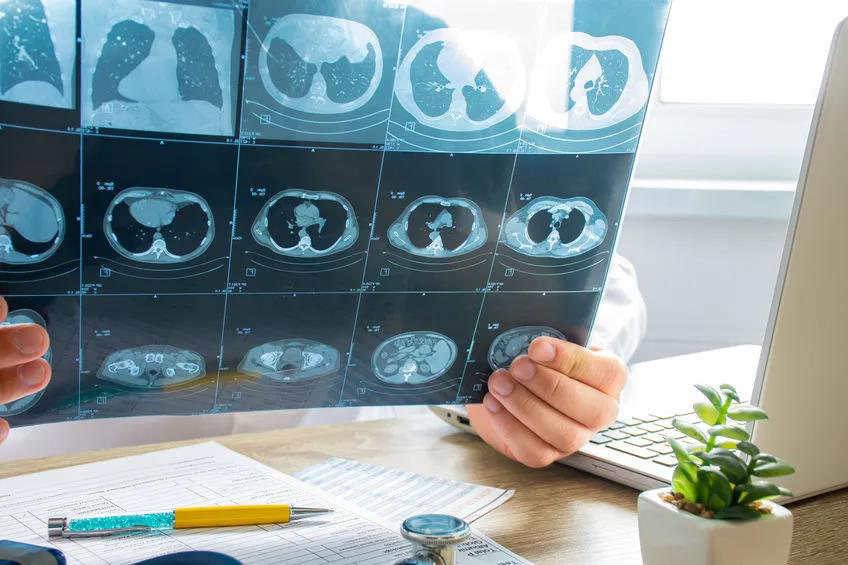
The pathological stage of the nodule is critical
The choice of surgery for tumor pulmonary ground glass nodule depends on the pathological stage of the nodule: micro invasive adenocarcinoma and invasive adenocarcinoma. Surgical treatment is recommended. If the cancer in situ is more than 8mm, the patient has great psychological pressure and is willing to operate, the operation can also be performed.
It is generally believed that surgical resection of the lesion before tumor metastasis is the best time for the treatment of pulmonary ground glass nodules suspected of early lung cancer. However, early diagnosis and treatment and over treatment are a pair of contradictions, which need to be considered comprehensively.
In fact, pulmonary ground glass nodules are inert lesions that develop slowly, often at a "turtle speed" of 1 to 2 mm in 3 to 5 years. This greatly prolongs the window period for patients with pulmonary ground glass nodules to choose surgery.
The causes of individual differentiation of growth rate and malignancy of lung ground glass nodule adenocarcinoma are still unclear. For nodules that cannot be identified in pathological stage, it is recommended to follow up regularly and observe CT and dynamic changes. If there are changes in size, shape and density, please see a doctor in time.
In case of pulmonary ground glass nodules found in physical examination, doctors need to infer the pathological nature through multi-dimensional evaluation such as imaging characteristics and liquid biopsy items, and then select clinical intervention means.
Author Zhao Xiaogang, deputy chief physician of thoracic surgery, Shanghai Pulmonary Hospital
Source: People's daily
https://jiankang.163.com/21/0813/10/GH9BEF8E00388052.html



